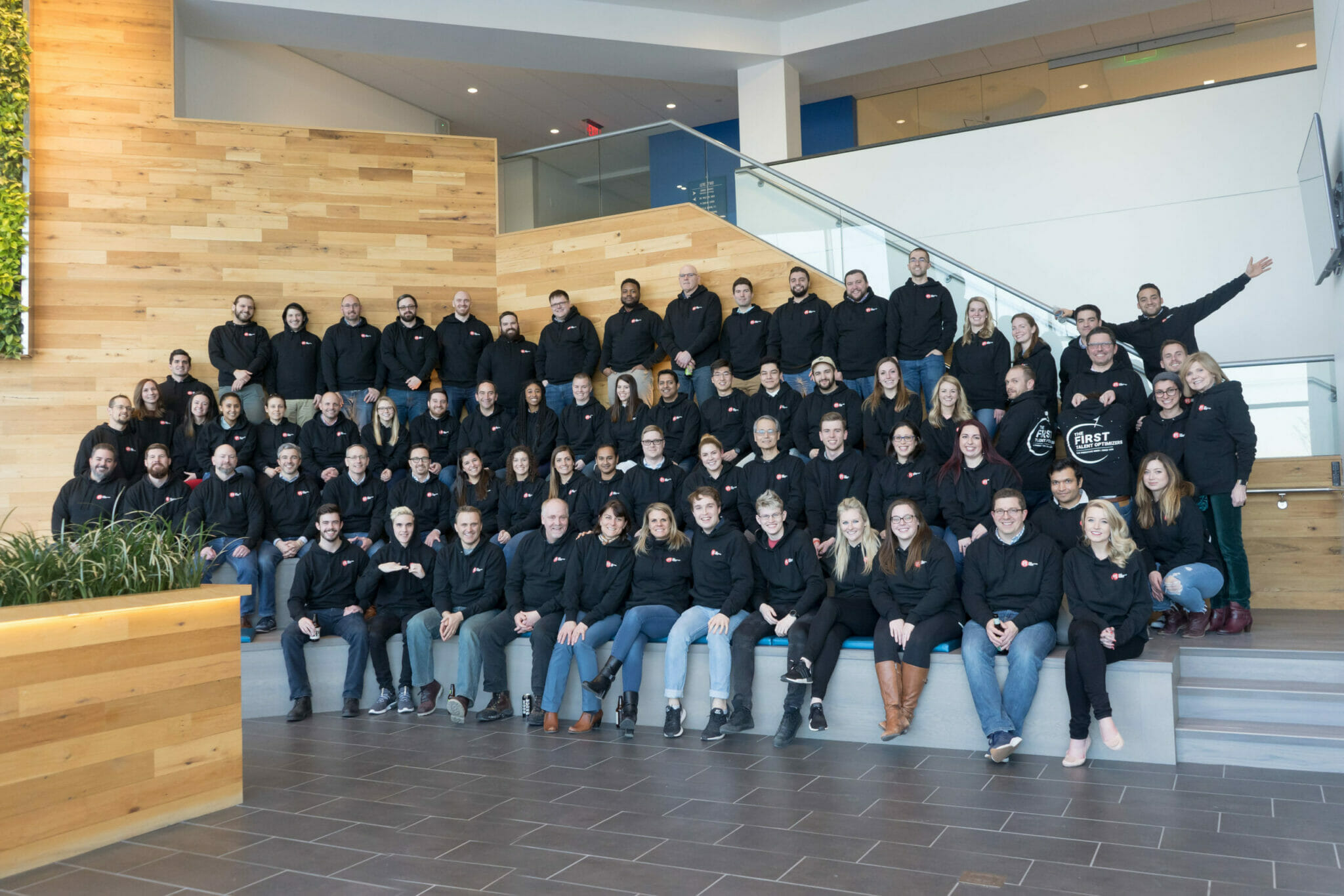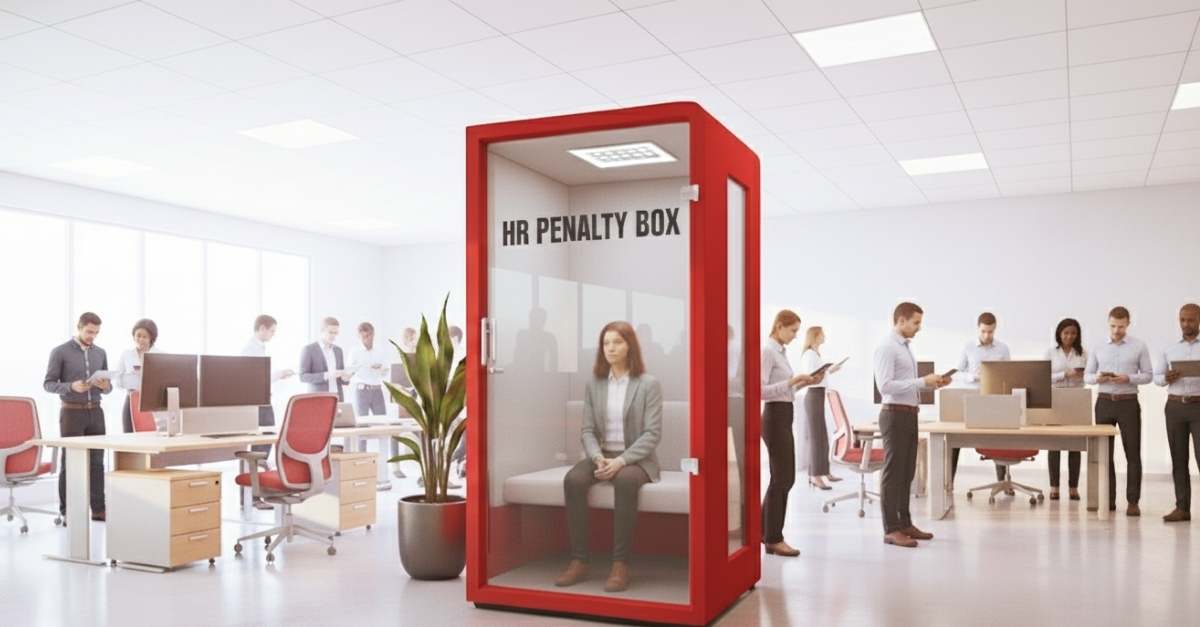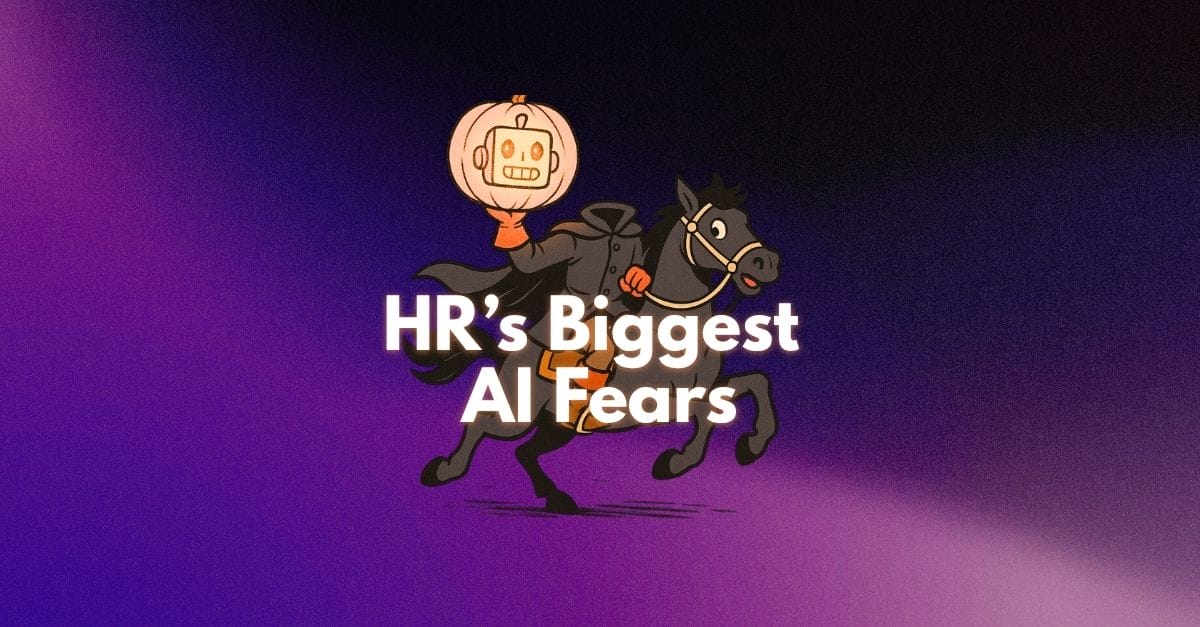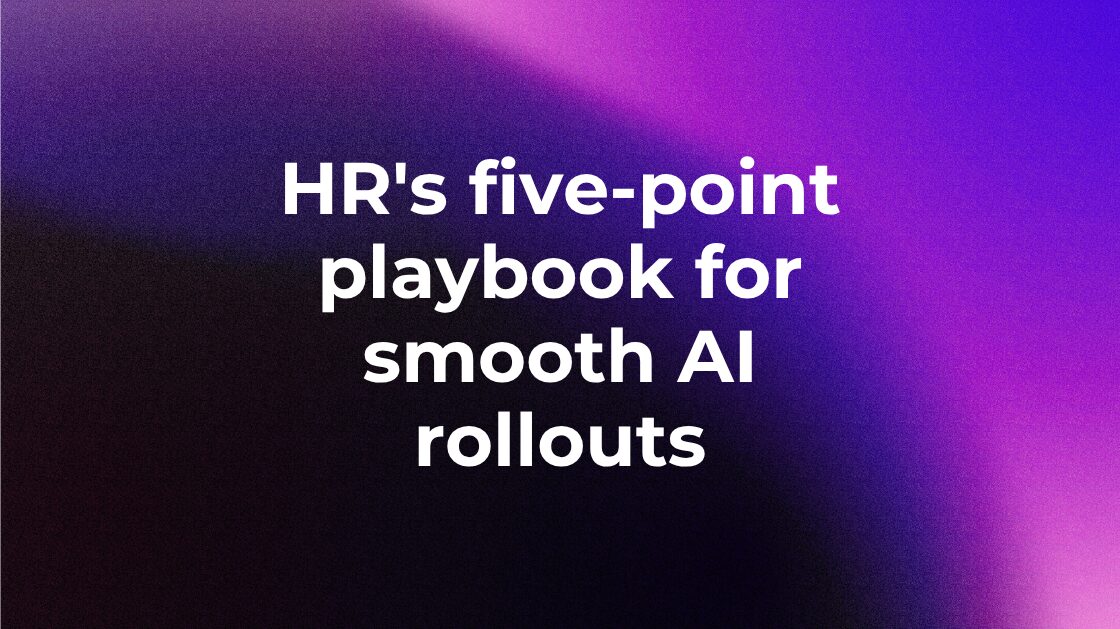Building and maintaining a diverse workforce leads to better business outcomes—increased cash flow, innovation, readiness for change, and more. Here are five diversity and inclusion quotes to inspire your efforts surrounding DEI in the workplace:
1. “When we listen and celebrate what is both common and different, we become wiser, more inclusive, and better as an organization.” — Pat Wadors
Wadors, Chief Talent Officer at ServiceNow, is a strong advocate for diversity and inclusion efforts, and also cultivating a sense of belonging for employees.
Take time to hear what others’ experiences have been like. Listening can shed light on situations you might not otherwise think about. For example, employees with no food allergies can eat without restriction during company events. But what about employees with food allergies? They’re often left out of celebrations or required to bring their own food so they can partake in office events. This is one small example of how each employee experiences your workplace differently, depending on their background and circumstances.
Free Trial Fix low engagement with PI Diagnose
2. “D&I needs to be something that every single employee at the company has a stake in.” — Bo Young Lee
In her talk at the 2019 HR Uncubed Conference, Bo Young Lee, Uber’s Chief Diversity and Inclusion Officer, used the term “small worlds” to explain an important concept. You could put the best diversity and inclusion policies and systems in place, but if an employee has a poor interaction with another employee, the damage is done.
Take, for example, the manager who asks a pregnant employee, “Do you think you’ll return to work after you have the baby?” These kinds of comments can leave mothers-to-be wondering if others will think less of them once they’re a working mother.
Be explicit in telling employees what is and isn’t okay to say. Doing so generates awareness of these microaggressions so employees know to avoid them.

3. “Inclusion is not a matter of political correctness. It is the key to growth.” — Jesse Jackson
As one writer stated, “Being politically correct is about looking good to others. Being inclusive is about being good.”
Creating an inclusive work environment means creating a place where everyone feels welcomed and accepted—and able to speak up, share insights, and provide more value to the organization.
4. “A diverse mix of voices leads to better discussions, decisions, and outcomes for everyone.” — Sundar Pichai
A report on inclusive decision making by Cloverpop showed impressive results: Inclusive teams make better business decisions up to 87% of the time. And decisions made and executed by diverse teams delivered 60% better results.
Why? Because different perspectives are valuable. While you may feel more comfortable working with people who share your background or opinions, collaborating with people who don’t look, talk, or think like you can stretch you to think more critically and creatively.
As one Harvard Business Review writer said, “Creating a more diverse workplace will help to keep your team members’ biases in check and make them question their assumptions.”
5. “We are building products that people with very diverse backgrounds use, and I think we all want our company makeup to reflect the makeup of the people who use our products.” — Sheryl Sandberg
Over time, we’ve seen a number of unfortunate mistakes made by teams that may have lacked diversity and perspective—like the time H&M posted an ad featuring a black child in a “Coolest Monkey in the Jungle” hoodie or several of Burger King’s racially offensive ads.
Without a team of diverse voices and perspectives, it’s easy to make these kinds of blunders.
Join 10,000 companies solving the most complex people problems with PI.
Apply these diversity and inclusion quotes to your workplace.
Even the most progressive of companies are still learning how to reduce bias in hiring, foster inclusivity, and create feelings of belonging for employees of all backgrounds. Consider sharing these quotes with your workforce to get the conversation started today.








